So here is my January Trends to Sew in case you need to refresh your memory about it or about this series of posts.
Generally the Trends to Sew posts allow me to tell you what to do/give you design ideas. Whether or not you follow my orders/suggestions is up to you. But if you don't like being told what to do... turn back now. ;-)
So we were flipping through Teen Vogue to get ideas for a brand to talk about this month and happened upon an O'Neill item. That was our Eureka moment. We had just been in Cali, so it was thematic - and we were looking for a casual, care-free brand that offers clothing for everyday wear.
O'Neill it is. And they is awesome. Jack O'Neill started the company in San Francisco 60 years ago - he invented the wet suit. Yep, invented it. Today they are located in Santa Cruz and Irvine. They offer surfboards, surfing equipment, wet suits, and a clothing and accessories line.
The problem with O'Neill is that they offer too many ideas - so we'll try not to make the longest post ever - try. But if you want more ideas, definitely visit their site.
First we begin with our one "bottom" that we'll feature in this post, for it is generally "top"-heavy. Get it? Heehee.
Jean shorts. We've talked about them before and about how you should make them. Here is an interesting take on this wardrobe staple that features a printed inset panel. The panel is a nod to board shorts and makes them look beach-worthy.
There are a lot of options out there for inset panel shorts (and even skirts) - depending on what you choose to combine you could make your pair more or less casual. Darker colored filigree or striped fabric could make them look more edgy and daring, plaids would shout "preppy," and a floral could direct it more towards a girly, hippie-esque-look.
And of course you don't have to just stick with printed fabrics - you could mix corduroy or twill with jean fabric - even switching what the main fabric is. An army-green twill pair of shorts with a dark blue denim inset for example.
Tank tops. Are you making tank tops? No?! Well you should be. These little beauties are so versatile. In warm weather duds they provide the focus of your outfit, in the cooler weather outfits they can go under flannels, zipped hoodies, cardigans. The fabric you choose and the style of your tank will set it out from the rest. Think outside of the box and go for looks you see on humans.
This example drapes beautifully - it is made of poly crepe. We love the soft color, gathered neckline, delicate tied shoulder straps, and scooped bottom hemline that accentuates the flow of the fabric.
Stripes are in - try them out. But make sure they are dolly-scale. White and orange, blue and white, there are endless options out there. Can't find the fabric you want to use? Try cutting up inexpensive tees and tanks from Target or Walmart.
Our fav aspects of the tank example below are the spaghetti straps, the V-neck with a hint of gathering at the tip of the "V," and the choice of cotton slub jersey fabric. It is these kinds of details that you need to use to make your tanks more unique and "real," so-to-speak.
We like giving examples, if you can't tell. Here is a muted, solid color tank - great for layering underneath bolder items. It is a scoop neck, racer back tank made from a cotton jersey/polyester blend fabric that gives it that wonderful flow. Again, it has a hint of gathering at the neckline that adds something extra.
And our last tank top for the day... A beautiful viscose fabric tank that has an encased elastic waistline (that helps define the shape of your doll with longer tops), and a feminine V-neck. We love the use of a darker floral fabric for this piece and the rounded hemline.
O'Neill's description of the dress below is like a how-to for making a classic, girly summer dress: 100% Cotton gauze, Hi-lo hem, Fully lined (psssttt, don't make see-through doll clothing unless you sell it as a layered item that is meant to be see-through), Empire waist, Front pintucking, Crochet inset along bottom, Encased shoulder straps at underarm, Straps looped and tied at back.
If you don't want your doll's dress to have such a deep neckline - keep the dramatic design but add a triangular panel across that space. To match the dress, place a white crocheted panel over cotton gauze for that triangle. Or to provide contrast - put a navy and white striped fabric there, or even a splash of something bold like magenta or turquoise.
The maxi dress is still in style and very popular - perhaps Cinnamon will be offering a pattern for it soon over at Liberty Jane. For now, you could always adapt her Salina pattern to make any of these types of dresses we are talking about here.
We love the color of this dress below and the polyester printed chiffon is gorgeous, lightweight and drapes wonderfully. The key to a dress's beauty is how the fabric hangs - and you need to choose the right fabric to achieve proper drape. A stiff quilting polyester is not going to cut it.
Same can be said for this beauty below - also made from a polyester printed chiffon, with a poly voile lining. The double-layer bodice helps to make this dress look free-flowing while the encased elastic waistline helps to define the shape of the body.
Marking the waistline of a doll dress with encased elastic, an accented seam, an inset fabric/lace/ribbon panel, or a touch of gathering helps a lot - you don't want her to look like she is wearing a potato sack. Also, play with the height of your waistlines- experiment! They don't all have to fall at the "natural" height - try empire or dropped as well!
Long-sleeve tops. Have we mentioned stripes are in? Look below for three examples of great ways to use stripes.
We like the subtle coloring (this is a very popular color scheme right now) and wide neck-line of this example - as well as the tiny pocket - which is mostly hidden by her hair (why did they place her hair there? who knows).
Things to note about the example below: the beautiful rusty coral color, the dramatic boat neckline; the solid-color coordinating rib knit accents at the neckline, cuffs, and hemline; and the subtle kangaroo pocket. Be careful about how big your roo pocket is - and where you place it. These two design points can make or break the look of your item. Human to doll scale isn't always a one-to-one correspondence, as AGs do not have realistic human proportions.
So you don't like using boat necklines for the dolls because you can see where the arm and shoulder meet? Try adding spaghetti strap accents at those two points - making it look like your main item is layered over a tank top, even when it isn't. ;-)
Love, love, love this top. Penny would totally order a human one except she needs more clothing like she needs a hole in the head. What's so great about it? The neat combo of striped and solid fabrics that coordinate perfectly. The red and grey colors - awesomeness! And the blend of a dolman sleeve top that is loose, flows wonderfully, and yet has form-fitting sleeves for the lower arm.
Layers. Yeah, we know y'alls are thinking about summer, swimsuits and sundresses already - but hey, it's still March peoples. And here in the Northern Hemisphere we aren't past the chilly days yet.
Try plaid shirts. We love this shirt pattern here: http://www.bunnybear.com/2010s/bella-twilight-pattern and it is on our list of stuff to custom-order at some point from someone. We'd personally go with smaller buttons - but that is just our preference.
We're not sure why people avoid making plaid shirts. Go to your fav clothing site and search for plaid - you'll see shirts, cardigans, and jackets pop up for sure. Perhaps it is too difficult to find dolly-scale plaids in good quality fabrics? If you are striking out at your local fabric store - shop online for fabric, or if you are adventurous - buy or upcycle human clothing - plaid shirts, pants, scarves.
The example below is made from cotton flannel, has convertible sleeves (i.e. they can be buttoned-up to be shorter), and has lovely coloring. We love how they have layered it over a grey and black graphic V-neck tee.
You can also diversify your plaid use by making jackets out of it. This example is lined and uses snaps and a hood to make it more jackety.
If you aren't feeling the plaid-love - you can always go back to stripes! The nautical navy and white look is very in - as well as the draped, slouchy cardigan. A lot of people have been making these.
So how do you make yours stand out?
1) Look for fabrics with thinner stripes
2) Look for lighter weight fabrics, like jerseys, to use - striped or solids.
Avoid making your cardis bulky with sweatshirt-weight fabrics. The nearly-diaphanous cardi is in and you should embrace it. You don't want your cardi to make your doll look like a stuffed sausage with marshmallows for arms - you want her to look lithe and care-free. The key to that free-flowing look you see below? Jersey fabric.
And of course I couldn't talk about layering without mentioning my beloved hoodie. I already presented a monologue about them in January- but I wanted to point them out again. You should try making them.
Heathered fabrics would look great as hoodies, as you see below. Try playing with color and contrast - note how the example below has two tones of grey, and uses cream accents at the seams, zipper, and hood/lining. Try it for yourself!
Sandals and flip-flops. Several Etsians make AG shoes and I am sure others out there make them for themselves.
Our tip for all you shoemakers: Think about your buyer/user.
We do occasionally buy shoes that are wild, exciting, and made from boldly colored fabrics. However, in general when buying shoes we are looking for things that will "go" with a lot of different outfits. There is a reason human shoes are mostly neutral colors - browns, tans, blacks, ivories, whites, greys. You buy a pair of white sandals and a pair of brown ones and you are pretty much set for the summer - they go with all of your outfits.
So: Think about your buyer/user. What type of outfit are your shoes going to be paired with? And how can you make your shoes "go" with the most outfits? You want to offer shoes that offer versatility. If someone only owns one outfit that your pair of shoes goes with - they probably won't splurge on the shoes.
Minimize embellishments and chose one color. Try white or brown strappy sandals. Look for that fake leather fabric and make your straps from that. Use subtle accents like braided straps, and straps with stitching to make your sandals stand out from the crowd. Realism is key. Look at human shoes and mimic their materials, muted colors, and styles.
Okay I am done standing on my soap-box for today.
I hope this Trends to Sew post has been useful/enlightening.
And if you are thinking, "Man, she is bossy and opinionated!" - That is kind of the point. ;-)
Have a wonderful evening everyone and stay tuned for more bloggy awesomeness!


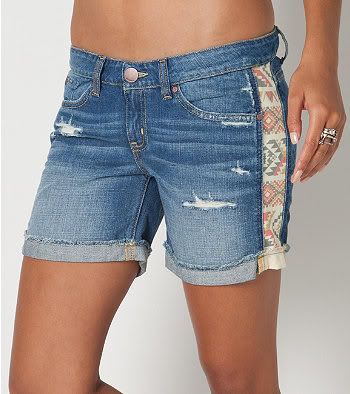





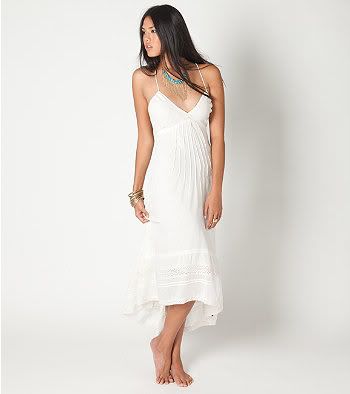


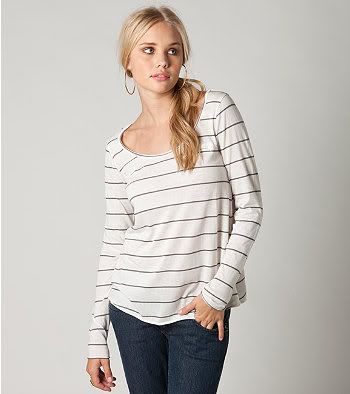
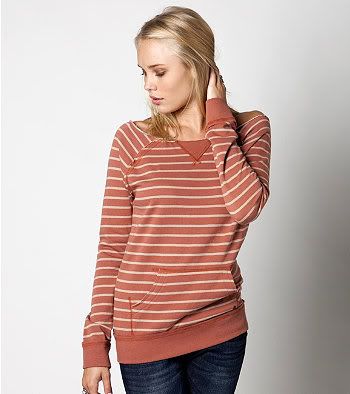
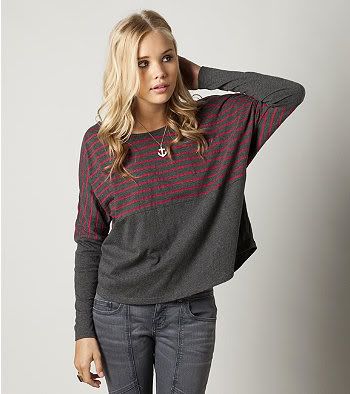
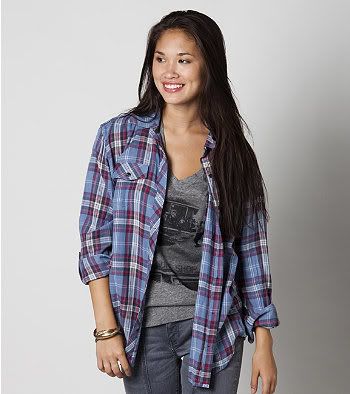
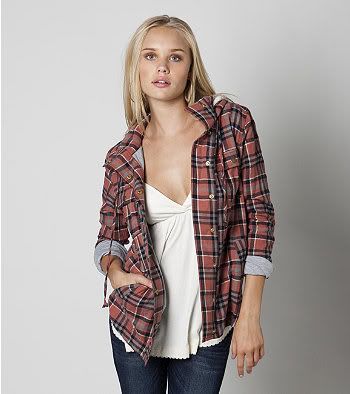
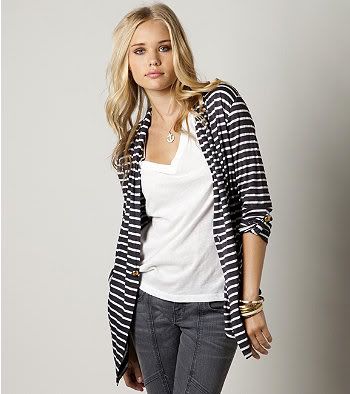
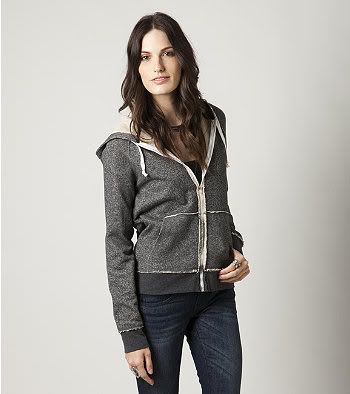
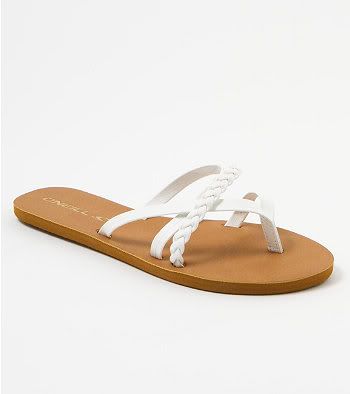
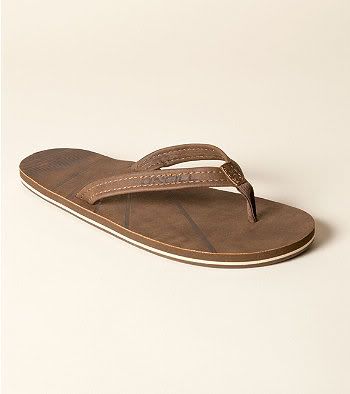
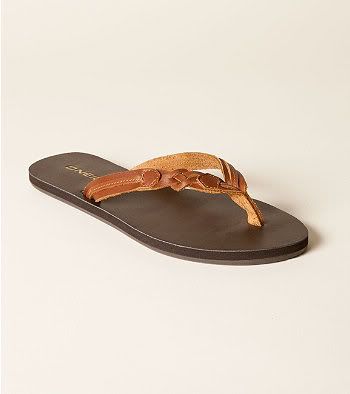
2 comments:
Maple ~ You Rock!!! And these are all great ideas for Spring/Summer!
If I can get myself away from the 1850's, I'll try to make some up for you! Thank you! I have enjoyed your review! We like "opinionated women" here at Vintiques!
Linda
These are all such great ideas! Thanks for the inspiration. It really helps and we don't seem to find the time to look at photos of fashions.
Post a Comment